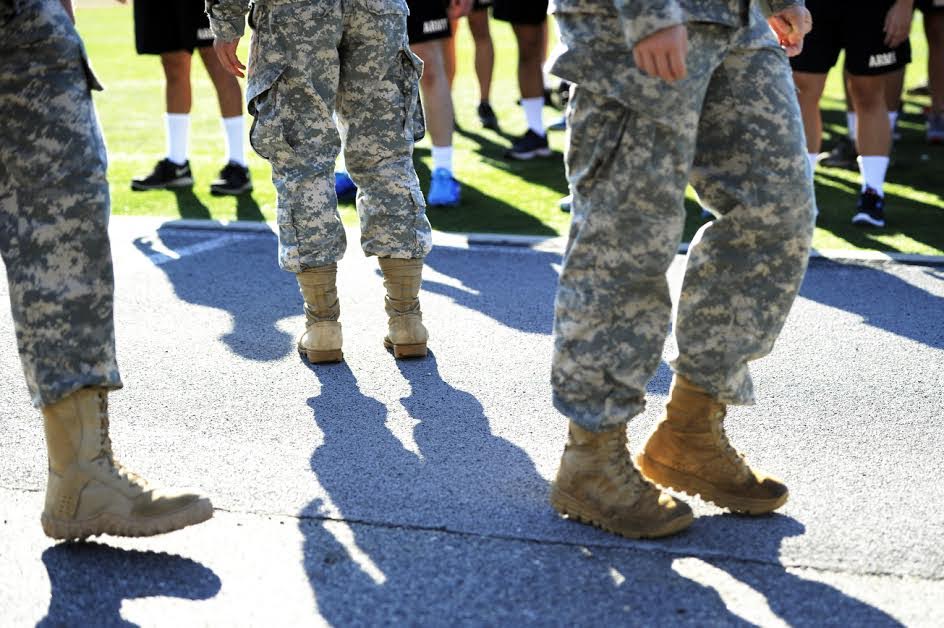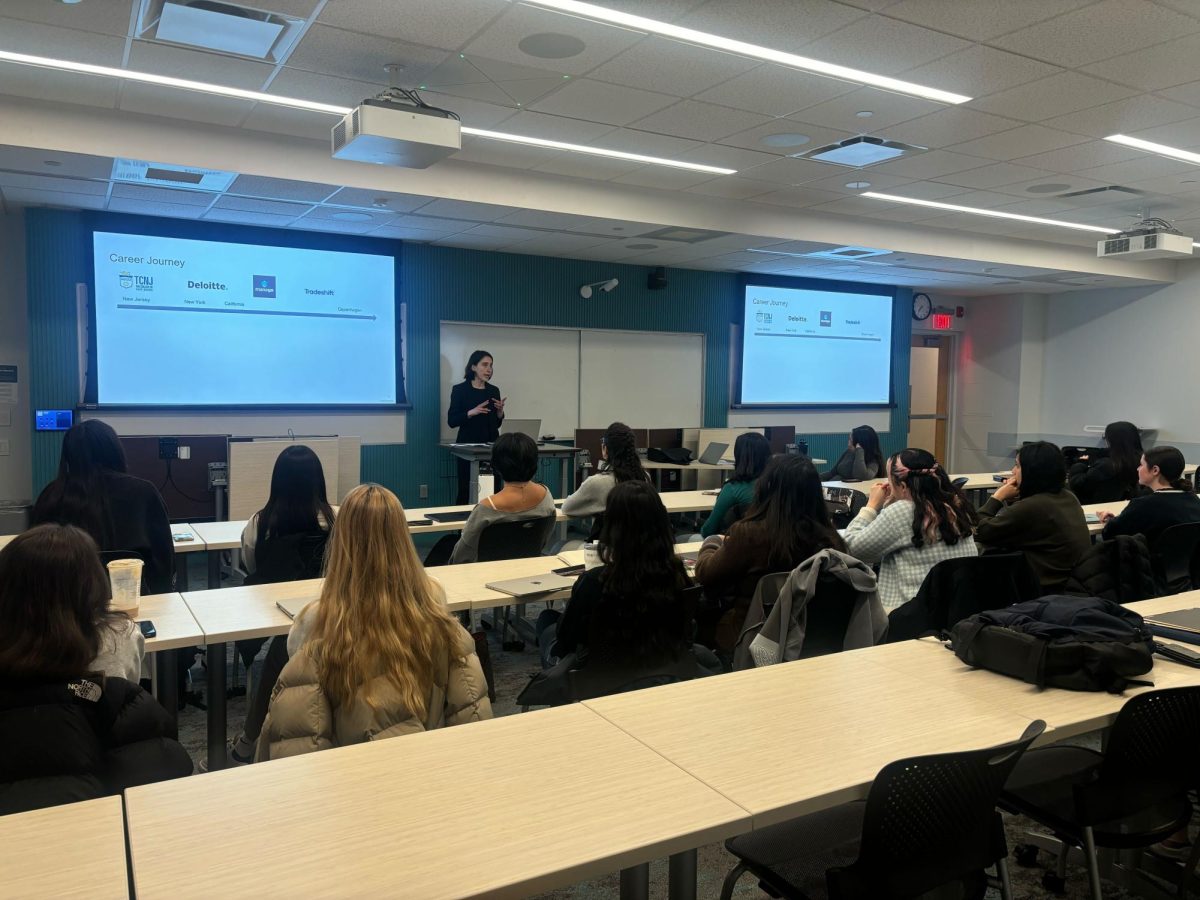By Nicole Esan and Elise Harmon, news staff
The US Army Research Laboratory is collaborating with Northeastern University’s George J. Kostas Research Institute for Homeland Security in an agreement to provide $20.4 million in funding over the next three years toward defense research.
David Luzzi, the executive director of Northeastern’s Security Research Initiative and an engineering professor, helped establish the agreement to engineer materials for the Army.
“At Northeastern, there’s a large number of folks, partly because of our history with co-ops, who have this comfort with use-inspired research,” Luzzi said. “That allows Northeastern to take an approach that differentiates ourselves from other universities.”
Use-inspired research addresses specific problems and is meant to have a specific application.
The agreement with the Army became official on Sept. 1. It funds two main subjects of research within the College of Engineering: creating specialized body armor and developing cold-spray technology.
“One of the problems soldiers face in the fog of war is having soldiers killing other soldiers who are not the enemy,” Vincent Harris, an electrical and computer engineering professor who is leading the body armor project, said. The proposed body armor would deflect bullets from US soldiers to mitigate the damage of both friendly and enemy fire.
This issue trails back to WWII, when soldiers would mark the back of their helmets with a patch or brightly colored symbol to signal which side they were on. However, the marks would give away their identity, putting them at a greater risk of being captured or killed.
“[We’re] try[ing] to design body armor that will absorb the impact of a bullet, but that will be invisible in the infrared,” Harris, whose expertise is in optimizing and processing magnetoceramics, said.
Army researchers are looking to integrate a type of laser feedback system into the body armor. According to Harris, it does two things: absorbs bullets and supports laser identification.
The second development project is led by Sinan Muftu and Andrew Gouldstone, both professors of mechanical and industrial engineering at Northeastern. The pair will work on cold-spray technology, which could be used to repair and improve military equipment.
“Our goal in this research is to understand the fundamental mechanisms that cause metal particles to adhere to one another,” Muftu said. “The roadmap starts from understanding how a single particle sticks to a surface all the way to a conglomerate, which are millions of particles.”
Senior engineering major Nick Dowmon, one of the students working with the professors on this project, defines his research as trying to understand what is happening at the molecular scale.
“What’s different about this is that we don’t totally understand why this cohesion happens,” Dowmon said. “We’re trying to figure out, at speeds ranging from 400 to 800 meters per second, what about these particles are mating to both whatever surface you’re shooting at and within the particles themselves.”
Northeastern’s researchers would be one of several research institutions working on developing cold spray technology.
“Ultimately, we think cold spray is going to be one of the technologies that revolutionizes commercial capabilities,” Luzzi said.
Much of the research will be conducted at the Kostas Research Institute for Homeland Security in Burlington. The Institute was built to meet Department of Defense regulations so Northeastern researchers can work on projects related to national security, and it currently employs two Northeastern co-ops.
“While we have other efforts ongoing, winning this contract is, right off the bat, a certain stamp of credibility,” Luzzi said. “Executing it will be an even more important stamp of credibility, and doing that will ensure that we will be able [receive] even more contracts.”
Photo courtesy Matthew Madoono/Northeastern University















